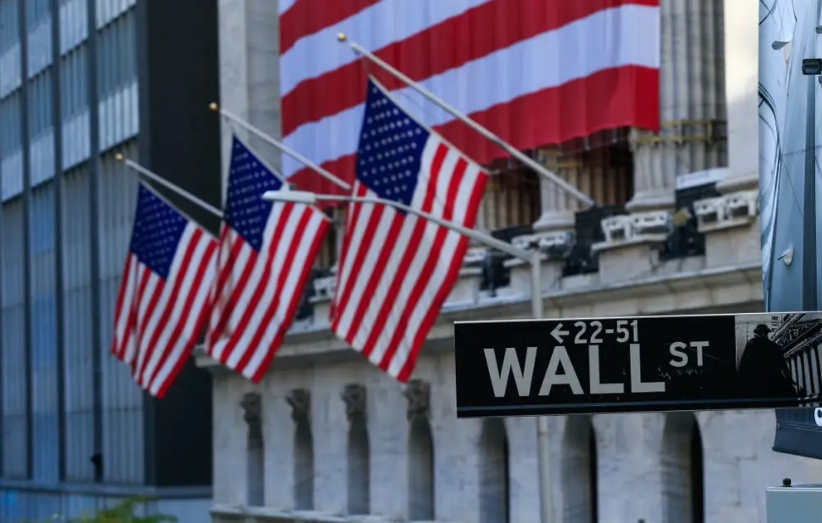Huaxia Fund Adds Staking to Ether ETF, Following Hong Kong's Policy Shift
Huaxia Fund, a subsidiary of China Asset Management, is set to introduce staking services to its Ether exchange-traded fund (ETF), marking the second such offering in Hong Kong. The staking feature, which will go live on May 15, will transform the ETF from a passive investment vehicle into an active participant within the Ethereum ecosystem. This move follows the Hong Kong Securities and Futures Commission's (SFC) rule change on April 7, which allows centralized exchanges to offer crypto staking services. The SFC acknowledged the potential benefits of staking in enhancing blockchain network security and providing investors with yield opportunities.
The staking infrastructure for Huaxia Fund's ETF will be provided by OSL Digital Services. Staking involves locking up crypto tokens to support the operations and security of a blockchain network, with participants earning rewards typically in the form of additional cryptocurrency. This feature is expected to attract more investors by offering the potential for yield, which can lead to further gains.
The introduction of staking in Ether ETFs has been a significant topic in the United States as well. In December 2024, Bernstein Research predicted that staking would be approved for Ether ETFs under the crypto-friendly Trump administration. Since then, exchanges like CBOE and the NYSE have filed for rule changes with the United States Securities and Exchange Commission (SEC) to permit staking in such funds. Asset manager BlackRock has also noted that while ETH ETFs have been successful, they are less attractive without staking. The ability to earn yield through staking is seen as a way to draw more investors to Ether ETFs.
Hong Kong's proactive approach to cryptocurrency regulation is evident in its recent policy changes. The region has seen a 250% growth in its blockchain sector since 2022, with the fintech market expected to reach over $600 billion by 2032. The Hong Kong government's supportive policies for cryptocurrency companies contrast with the more combative stances taken by some other governments. This regulatory environment is expected to foster the development of a wider range of Web3 products under a regulated and trusted framework.











